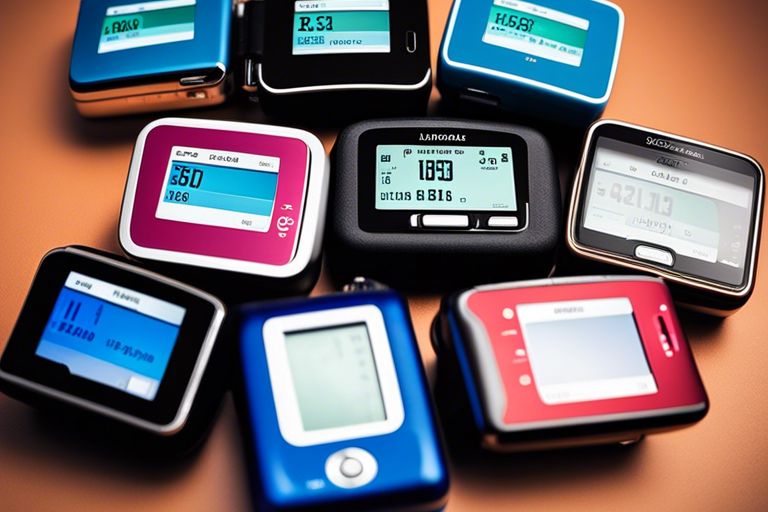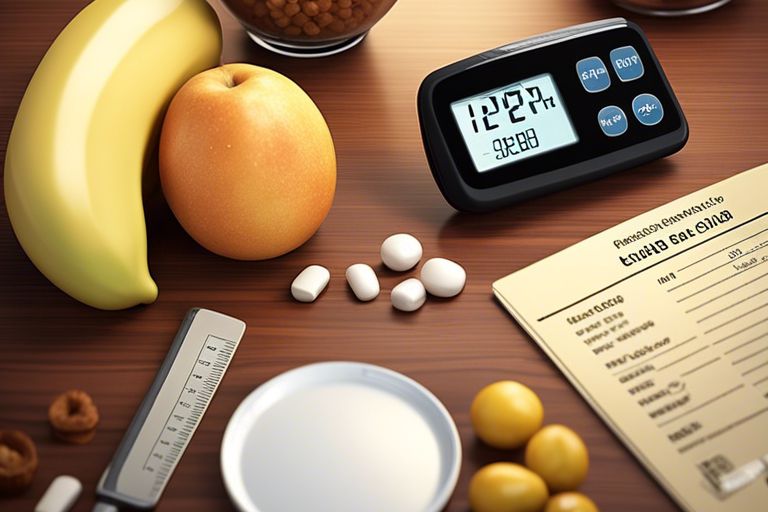Understanding and managing type 1 diabetes in children can be a daunting task for parents. This guide aims to provide comprehensive information and practical tips to help parents navigate the challenges of caring for a child with type 1 diabetes. From explaining the basics of the condition to offering advice on monitoring blood sugar levels and administering insulin, this guide is designed to empower parents with the knowledge and tools they need to support their child’s health and wellbeing.
Key Takeaways:
- Type 1 diabetes in children requires careful monitoring and management to maintain blood sugar levels.
- Early detection of symptoms such as increased thirst, frequent urination, and unexplained weight loss is crucial for timely treatment.
- Education is key for both children and parents to understand the condition, treatment options, and the importance of a healthy lifestyle.
- Regular medical check-ups and consultations with healthcare professionals are necessary to track the child’s progress and adjust treatment plans accordingly.
- Emotional support for children living with type 1 diabetes is important to help them cope with the challenges of managing the condition on a daily basis.
Types and Factors
| Type 1 Diabetes | Type 2 Diabetes |
| This type of diabetes is usually diagnosed in children and young adults. It occurs when the immune system mistakenly attacks and destroys insulin-producing cells in the pancreas. | Type 2 diabetes is more commonly found in adults, but is increasingly being diagnosed in children. It is often linked to lifestyle factors such as poor diet and lack of exercise. |
| Requires insulin injections to manage blood sugar levels. | Can sometimes be managed with lifestyle changes, oral medication, or insulin injections. |
| Cannot be prevented. | May be prevented or delayed with healthy lifestyle choices. |
| There is no known cure for type 1 diabetes. | Type 2 diabetes can sometimes be reversed with weight loss and healthy living. |
| Accounts for about 10% of all diabetes cases. | Accounts for about 90% of all diabetes cases. |
Types of Diabetes: Type 1 vs. Type 2
- Type 1 diabetes is an autoimmune condition where the body attacks its own insulin-producing cells. On the other hand, Type 2 diabetes is often linked to lifestyle factors such as obesity and lack of physical activity. Knowing the differences between the two types is crucial for proper management and treatment.
Risk Factors for Developing Type 1 Diabetes
- Family history of type 1 diabetes, genetic susceptibility, and certain viral infections are some of the key risk factors for developing type 1 diabetes. Knowing these risk factors can help parents be more vigilant and proactive in monitoring their child’s health.
While type 1 diabetes is not directly linked to lifestyle choices, several risk factors can increase the likelihood of developing the condition. Genetic factors play a significant role, with individuals having a family history of type 1 diabetes at a higher risk. Additionally, certain viral infections and environmental factors may trigger the autoimmune response that leads to type 1 diabetes. Monitoring these risk factors and staying informed can help parents take preventive measures and seek early intervention if needed.
- Knowing the risk factors for type 1 diabetes can help parents better understand their child’s health needs and make informed healthcare decisions.
Step-by-Step Management Tips
| Daily Management of Type 1 Diabetes | Dietary and Lifestyle Tips |
|
When managing Type 1 Diabetes in children, it is crucial to monitor their blood sugar levels regularly, administer insulin as prescribed by the healthcare provider, and keep track of their carbohydrate intake. Establishing a routine for meals, exercise, and insulin injections can help maintain stable blood sugar levels throughout the day. |
Parents should focus on providing a balanced diet rich in whole grains, fruits, vegetables, and lean proteins for their child with Type 1 Diabetes. Encouraging physical activity and limiting sugary snacks can also help in managing blood sugar levels effectively. |
Daily Management of Type 1 Diabetes
- Monitor blood sugar levels regularly.
- Administer insulin as prescribed.
- Keep track of carbohydrate intake.
- Establish a routine for meals, exercise, and insulin injections.
- This ensures that your child’s blood sugar levels stay within the target range.
Dietary and Lifestyle Tips
- Provide a balanced diet rich in whole grains, fruits, vegetables, and lean proteins.
- Encourage physical activity.
- Limit sugary snacks.
- Make healthy choices when planning meals and snacks.
- Recognizing the signs of high and low blood sugar levels is important for prompt management.
Preparing for Common Challenges
Pros and Cons of Different Insulin Delivery Methods
| Insulin Delivery Method | Pros and Cons |
| Insulin Injections | Pros: Easy to administer, precise dosing. Cons: Multiple daily injections, potential for pain. |
| Insulin Pump | Pros: Continuous insulin delivery, fewer injections. Cons: Risk of pump malfunction, expensive. |
Handling Hypoglycemia and Hyperglycemia
With respect to managing hypoglycemia (low blood sugar) and hyperglycemia (high blood sugar) in children with type 1 diabetes, it’s crucial for parents to be prepared. Symptoms of hypoglycemia include shakiness, dizziness, and confusion, while hyperglycemia may present with increased thirst, frequent urination, and fatigue.
Support Systems and Resources
Finding Support and Building a Care Team
When dealing with type 1 diabetes in children, it is crucial for parents to find a strong support system and build a reliable care team. This could include family members, friends, healthcare professionals, and diabetes educators. Communicating openly with your child’s school, teachers, and classmates can also create a supportive environment for managing diabetes effectively.
Educational Resources and Advocacy
Educational resources and advocacy play a crucial role in empowering parents to become strong advocates for their child with type 1 diabetes. Organisations such as Diabetes UK and JDRF offer valuable resources, information, and support networks for families. Parents can also benefit from attending educational workshops and seminars to stay informed about the latest research and treatments in managing the condition.
Type 1 Diabetes in Children – A Guide for Parents
It is vital for parents to educate themselves about the management of type 1 diabetes in children to ensure their child’s well-being. By understanding the signs, symptoms, treatment options, and daily management techniques, parents can play a crucial role in supporting their child’s health and helping them lead a normal life. Regular communication with healthcare professionals, monitoring blood sugar levels, administering insulin as prescribed, and maintaining a healthy lifestyle are key components in managing type 1 diabetes effectively. With the right knowledge and support system in place, parents can empower their child to thrive despite this challenging condition.
FAQ
Q: What is Type 1 Diabetes in Children?
A: Type 1 diabetes is a chronic condition where the pancreas produces little or no insulin, a hormone important for regulating blood sugar levels.
Q: What are the common symptoms of Type 1 Diabetes in Children?
A: Common symptoms include increased thirst, frequent urination, sudden weight loss, fatigue, irritability, and blurry vision.
Q: How is Type 1 Diabetes diagnosed in children?
A: Diagnosis is usually based on blood tests that measure blood sugar levels. Additional tests may include HbA1c levels and urine tests.
Q: How is Type 1 Diabetes managed in children?
A: Management includes regular monitoring of blood sugar levels, insulin therapy, a balanced diet, regular exercise, and education on how to respond to high and low blood sugar levels.
Q: What are the potential complications of uncontrolled Type 1 Diabetes in children?
A: Uncontrolled Type 1 Diabetes can lead to serious complications such as heart disease, stroke, kidney damage, nerve damage, and vision problems. It is important to manage the condition effectively to reduce the risk of complications.




